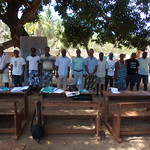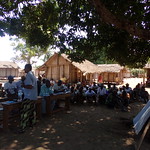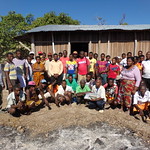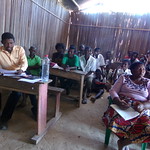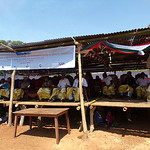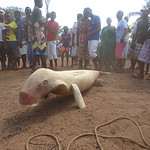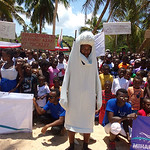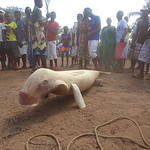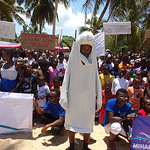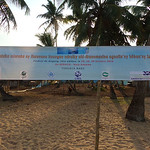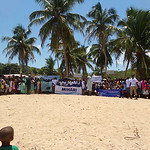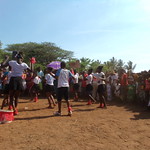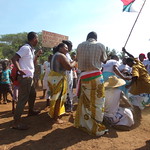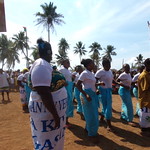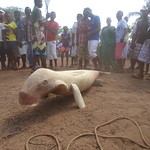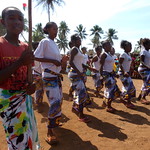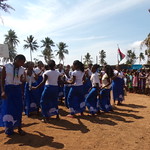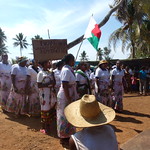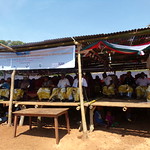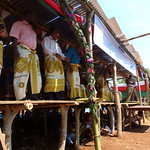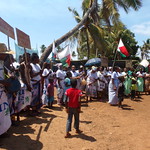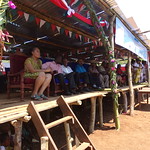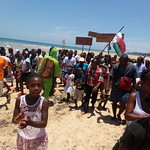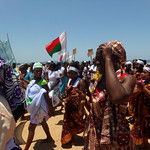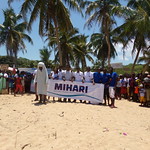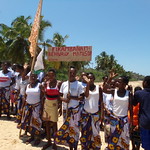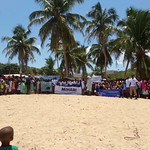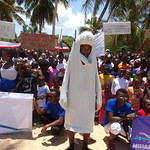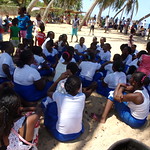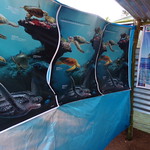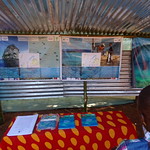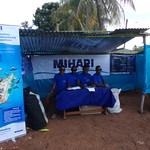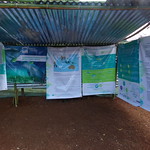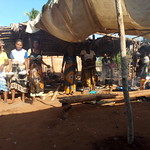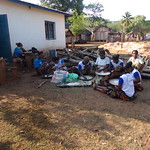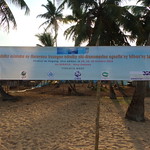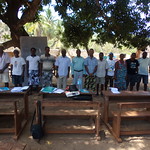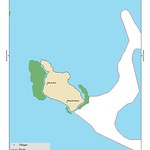Integrated approaches to enhance the conservation of dugong and seagrass ecosystems in the Sahamalaza area (MG4).
Sahamalaza, Madagascar
$129,674
MG4 aims to address the threats to dugongs and seagrass in the Sahamalaza National Park posed by direct hunting and fisheries by-catch as well as habitat destruction. Limited data concerning both the dugong population and the impacts of human activity are compounded by a lack of public education and community-based awareness projects, and financial support for such projects is also very limited. COSAP Sahamalaza, an association comprising Park authorities and local communities, will actively involve local communities and build their capacity for the protection of dugongs and their habitats through raising awareness, capacity building for monitoring of populations, as well as and the introduction of dugong safeguards among local fishermen.
The project will contribute to addressing the threats to dugongs and seagrass by gathering information related to the dugong population and the extent of the common risks it faces using conservation-oriented community-based monitoring. Potential seagrass ecosystems will be identified through habitat mapping, providing vital information that will contribute to the establishment of national priorities for their protection. Analysis of data on dugong captures will lead to updated local conventions to reduce mortalities.
Current incentives-based approaches will be enhanced to encourage local resource users to change their behaviour, complemented by education initiatives in coastal areas of the north-western zones. Community intervention will involve informed policy recommendations for local and national authorities, as well as conservation-oriented public education and community-based awareness projects.
Deliverables
- 1. Strengthen the capacity of COSAP members and establish new community conservation groups in 14 new fishing villages along the coastal zones of the Marine Park.
- Implement two alternative livelihood enterprises in 20 villages bordering the Marine Park.
- Develop dugong and seagrass monitoring plans and integrate them in the management plan of Sahamalaza.
- Train individuals to conduct conservation-oriented community-based monitoring.
- Undertake participatory mapping of seagrass ecosystems.
- Convene workshops to identify conservation objectives and create a community management plan to reduce threats to dugongs and seagrass habitats.
- Reduce by-catch rates in traditional fisheries.
